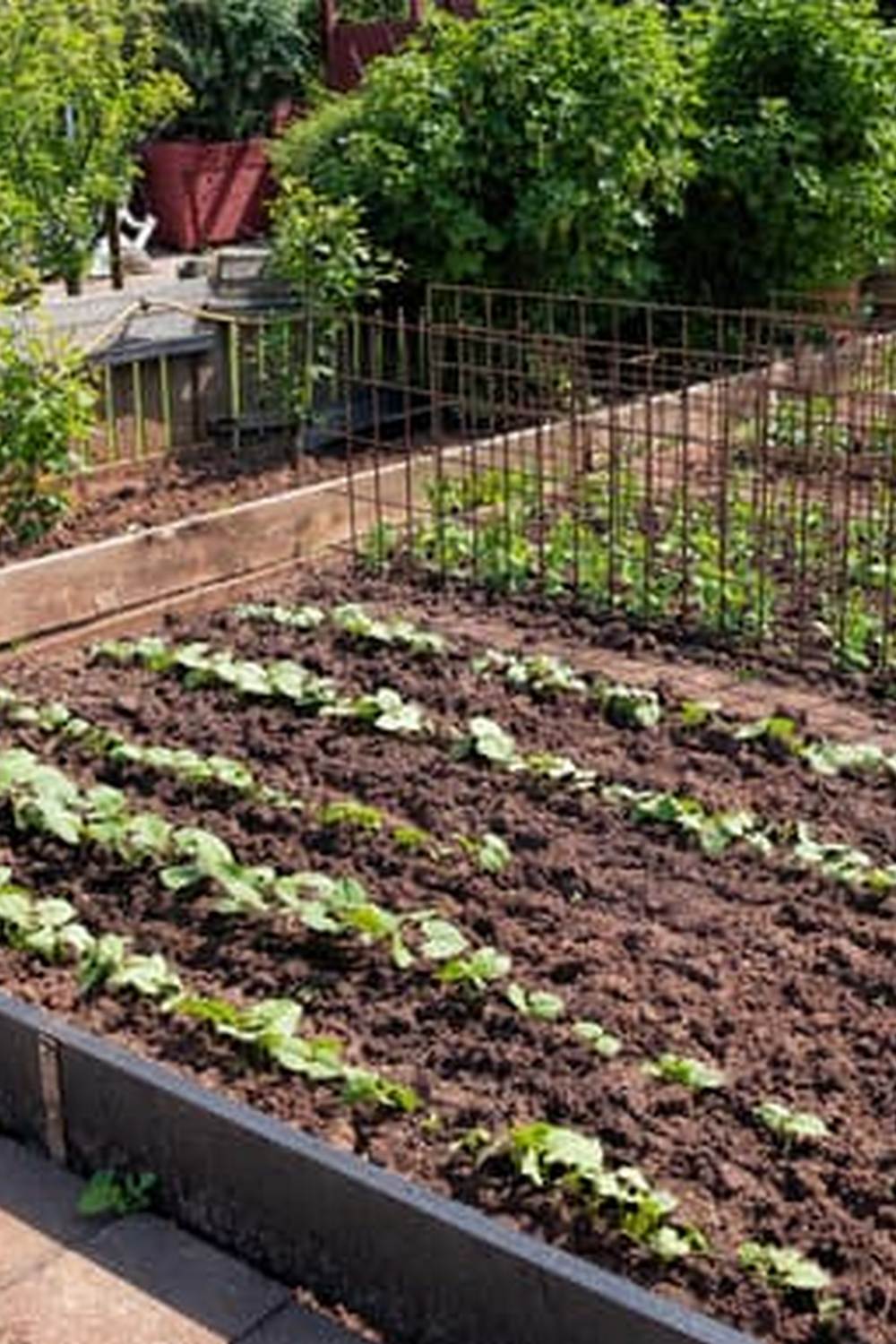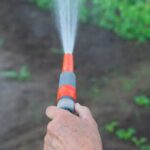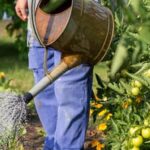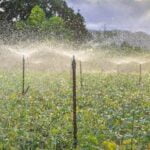Are you looking to keep your green thumb busy during the winter months? If so, vegetable gardening in the winter may be just what you need. While many people associate gardening with the spring and summer seasons, there are actually quite a few vegetables that can thrive in colder temperatures. In this article, we will explore the world of winter vegetable gardening and the numerous benefits it offers.
Winter vegetable gardening not only provides an opportunity to continue enjoying fresh produce throughout the colder months but also offers a range of other advantages. From cost-effectiveness to sustainability, there are many reasons to consider trying your hand at winter gardening. Whether you’re an experienced gardener or new to the hobby, exploring winter vegetable gardening can be a rewarding and enriching experience.
In this comprehensive guide, we will cover everything from choosing the right vegetables for winter gardening to preparing your garden for the colder season. We’ll also discuss essential tools and equipment, provide tips for planting and caring for winter vegetables, and address common challenges such as pests, disease, and weather.
By the end of this article, you’ll have a thorough understanding of how to successfully grow vegetables during the winter months and enjoy a bountiful harvest from your own backyard.
Choosing the Right Vegetables for Winter Gardening
When it comes to winter vegetable gardening, selecting the right vegetables is crucial for a successful harvest during the colder months. Some vegetables are more resilient to low temperatures and are better suited for winter gardening than others. One of the key factors in choosing the right vegetables for winter gardening is their cold-hardiness. Cold-hardy vegetables can withstand frost and even thrive in lower temperatures, making them perfect for winter gardening.
Some popular cold-hardy vegetables for winter gardening include kale, spinach, carrots, beets, radishes, Brussels sprouts, and certain varieties of lettuce. These vegetables not only tolerate colder temperatures but also become sweeter after being exposed to frost, enhancing their flavor. Additionally, root vegetables such as carrots and beets can be left in the ground throughout the winter and harvested as needed.
It’s important to note that while some cold-hardy vegetables thrive in winter conditions, others may require extra protection such as row covers or cold frames to survive. When selecting the right vegetables for your winter garden, consider your local climate and choose varieties that are known to perform well in colder temperatures. By choosing the right vegetables for winter gardening, you can ensure a bountiful harvest even during the coldest months of the year.
Preparing the Garden for Winter
When it comes to vegetable gardening in the winter, preparing the garden for the cold weather is crucial to ensure that your plants thrive. This involves focusing on the soil, applying mulch, and providing protection for your winter vegetables.
Soil Preparation
Before planting your winter vegetables, it’s important to prepare the soil to provide the necessary nutrients for healthy growth. Start by clearing any debris and weeds from the garden bed. Then, enrich the soil with organic matter such as compost or aged manure to improve its structure and fertility. Testing the pH levels of the soil and making adjustments if necessary can also help create an optimal environment for your winter vegetables to grow.
Mulching
Applying mulch is essential for protecting your winter vegetables from harsh weather conditions and maintaining moisture in the soil. Straw, leaves, or wood chips can be used as mulch to insulate the soil and regulate its temperature during colder months. Mulching also helps prevent weed growth and erosion, contributing to overall plant health and productivity.
Providing Protection
In addition to soil preparation and mulching, providing protection for your winter garden is important to safeguard your plants from frost and freezing temperatures. This can be achieved using various methods such as row covers, cold frames, or even simple cloches made from plastic bottles or jars. Creating a microclimate within these protective barriers can make a significant difference in ensuring that your winter vegetables continue to thrive despite the challenging conditions.
By taking these steps to prepare your garden for winter through soil enrichment, mulching, and providing protection, you can set the stage for a successful season of vegetable gardening in the winter.
Selecting the Best Winter Gardening Tools and Equipment
When it comes to winter vegetable gardening, having the right tools and equipment can make all the difference in the success of your garden. From preparing the soil to protecting your plants from harsh winter weather, there are several essential tools and pieces of equipment that every winter gardener should have on hand.
Garden Tools
One of the most important aspects of winter gardening is having the right garden tools for the job. Some essential tools for winter gardening include a sturdy shovel for preparing the soil, a rake for clearing debris and leveling the ground, and a hand trowel for planting and transplanting seedlings. In addition, a quality pair of pruning shears is essential for maintaining and harvesting your winter crops.
Cold Frames and Row Covers
In colder climates, protecting your winter vegetables from frost and freezing temperatures is crucial. Cold frames and row covers are excellent tools for providing an extra layer of insulation to keep your plants warm during the winter months. These can be used to create a microclimate around your plants, keeping them protected from harsh weather conditions.
Irrigation Supplies
Even in the winter, it’s important to ensure that your plants receive an adequate amount of water. Drip irrigation systems or soaker hoses are useful for delivering water directly to the roots of your plants without causing excess moisture on their leaves, which can lead to disease in cold weather. Additionally, having a supply of frost-proof hose bibs or insulated hose covers can help prevent water supply issues during freezing temperatures.
Having these tools and equipment on hand will not only make your winter vegetable gardening experience more enjoyable but also increase the likelihood of a successful harvest despite challenging weather conditions.
Tips for Planting and Caring for Winter Vegetables
When it comes to planting and caring for winter vegetables, there are a few key tips that can help ensure a successful harvest despite the challenges of the colder months. One important tip is to choose the right varieties of vegetables that are well-suited for winter growing.
Some examples of cold-hardy vegetables include kale, spinach, carrots, and Brussels sprouts. These vegetables are able to withstand frost and continue growing in low temperatures, making them ideal choices for winter gardening.
In addition to choosing the right vegetables, it’s crucial to pay attention to planting dates. Planting winter vegetables at the right time can make a big difference in their growth and overall health. Typically, seeds should be started in late summer or early fall to allow enough time for the plants to establish themselves before the arrival of winter. Transplants can also be used for certain vegetable varieties to jumpstart the growth process.
Careful attention should also be paid to soil moisture and temperature. Winter vegetables require well-drained soil that is kept consistently moist but not waterlogged. Mulching around the base of plants can help regulate soil temperature and retain moisture, protecting plant roots from freezing temperatures while also suppressing weed growth.
A successful winter vegetable garden also depends on proper care and maintenance throughout the season. Regular watering, especially during dry spells, is essential for keeping plants healthy and promoting steady growth. Additionally, monitoring for signs of pests or disease is crucial in preventing potential issues from escalating and affecting plant health.
| Winter Vegetables Care Tips | Data |
|---|---|
| Choosing cold-hardy vegetable varieties | Check for recommendations based on local climate |
| Planting at the right time | Sow seeds or transplant seedlings in late summer or early fall |
| Maintaining soil moisture | Use mulch to regulate temperature and retain moisture |
Dealing With Common Winter Gardening Challenges
When it comes to vegetable gardening in the winter, there are unique challenges that gardeners may face. Pests, diseases, and unpredictable weather can all impact the success of a winter garden. However, with the right knowledge and strategies, it is possible to overcome these challenges and enjoy a thriving winter garden.
One of the most common issues that winter gardeners may encounter is pests. While some pests may be less active during the winter months, others can become more problematic as they seek out warmth and food in gardens. To combat this challenge, consider implementing natural pest control methods such as introducing beneficial insects like ladybugs or lacewings to your garden. Additionally, covering your plants with row covers can help protect them from pest damage.
In addition to pests, disease management is also crucial for a successful winter garden. Cold and damp conditions can create an ideal environment for diseases such as powdery mildew or root rot to thrive. To prevent disease in your winter garden, make sure your plants have adequate air circulation by spacing them appropriately and avoiding overwatering. Using disease-resistant varieties of vegetables can also help minimize the risk of plant infections during the winter months.
Lastly, unpredictable weather can pose a significant challenge for winter vegetable gardening. Frost, snow, and fluctuating temperatures can all impact the health and productivity of your plants. Consider using frost cloths or cold frames to protect your crops from freezing temperatures, and be prepared to provide additional insulation during particularly cold spells. Monitoring weather forecasts closely and being proactive in protecting your plants can help mitigate the impact of inclement weather on your winter garden.
Harvesting and Enjoying the Fruits of Your Winter Garden
After months of hard work, the time has finally come to reap the rewards of your winter vegetable gardening efforts. Harvesting and enjoying the fruits of your labor is a satisfying and fulfilling experience that brings with it an abundance of fresh, homegrown produce. Here are some tips for making the most of your winter garden harvest:
- Harvest at the Right Time: Different vegetables have different optimal harvest times. Be sure to research each vegetable you are growing to know when it is ready to be picked. For example, root vegetables like carrots and beets are usually ready to harvest when their tops start to peek out of the ground.
- Handle with Care: When harvesting your winter vegetables, handle them with care to avoid damage. Use a sharp pair of shears or a garden knife to cut leafy greens and delicate crops like broccoli and cauliflower.
- Proper Storage: To prolong the shelf life of your harvested vegetables, proper storage is essential. Some winter vegetables can be stored in a cool, dry place for extended periods, while others may require freezing or canning to preserve them for future use.
Enjoying the fruits of your winter garden goes beyond simply eating the food you have grown. It provides an opportunity to share your harvest with friends and family, connecting over meals made from ingredients you cultivated yourself. Consider hosting a gathering or potluck featuring dishes made from your winter garden produce – there’s nothing quite as gratifying as seeing others enjoy the fruits of your labor.
In addition, preserving excess produce through canning or freezing can extend the enjoyment of your winter harvest throughout the year. Whether it’s in a zesty tomato sauce made from homegrown tomatoes or pickled cucumbers from your garden, savoring your winter vegetables during other seasons is an added bonus that makes all the effort put into vegetable gardening in the winter worthwhile.
Winter Vegetable Gardening
In conclusion, winter vegetable gardening is a sustainable and cost-effective way to ensure year-round food production. By understanding the benefits of winter gardening and choosing the right vegetables for the season, gardeners can enjoy fresh, homegrown produce even during the coldest months. Properly preparing the garden with the right soil, mulch, and protection, as well as selecting the best tools and equipment for winter gardening, is essential for success.
Planting and caring for winter vegetables requires special attention to detail, but with the right tips and techniques, gardeners can overcome common challenges such as pests, disease, and inclement weather. The joy of harvesting and enjoying the fruits of your labor in the form of fresh vegetables during the winter months is a reward worth the effort put into maintaining a thriving winter garden.
Overall, vegetable gardening in the winter provides numerous benefits not only for individuals and families by ensuring a steady supply of fresh produce but also for the environment through sustainable agricultural practices. Embracing winter vegetable gardening is a rewarding experience that allows one to connect with nature while promoting self-sufficiency in food production.
Frequently Asked Questions
Can You Grow a Vegetable Garden in the Winter?
Yes, you can grow a vegetable garden in the winter, especially if you live in a milder climate. Certain vegetables like carrots, radishes, and kale are well-suited for winter growing and can even tolerate frost.
How Cold Is Too Cold for Vegetable Garden?
The ideal temperature for most vegetable plants is above 50°F. When the temperature drops below freezing (32°F), it can be too cold for most vegetable garden plants to survive. However, some hardy vegetables can still withstand colder temperatures with proper care and protection.
How Do I Keep My Vegetable Garden Alive in the Winter?
To keep your vegetable garden alive in the winter, you can use mulch to insulate the soil and protect plant roots from extreme temperatures. Additionally, using row covers or cold frames can provide an extra layer of insulation for your plants against the cold weather. Ensuring good drainage to prevent waterlogging is also important during the winter months.

If you’re looking to get into vegetable gardening, or are just looking for some tips on how to make your current garden better, then you’ve come to the right place! My name is Ethel and I have been gardening for years. In this blog, I’m going to share with you some of my best tips on how to create a successful vegetable garden.





